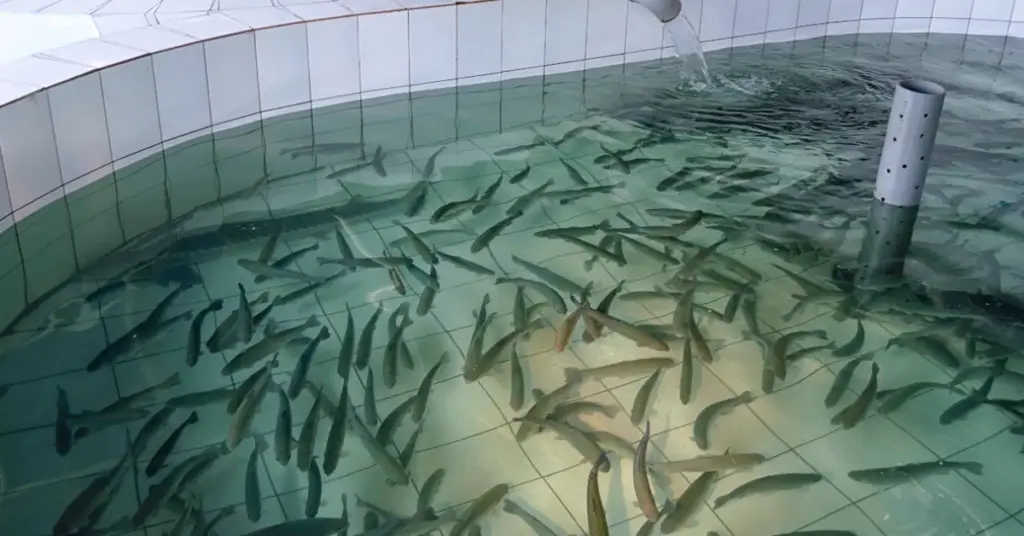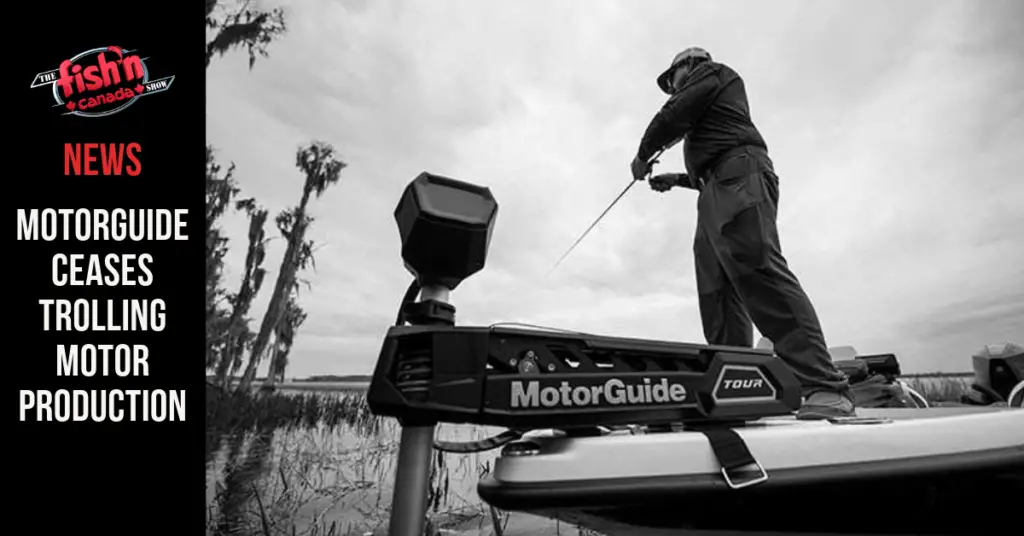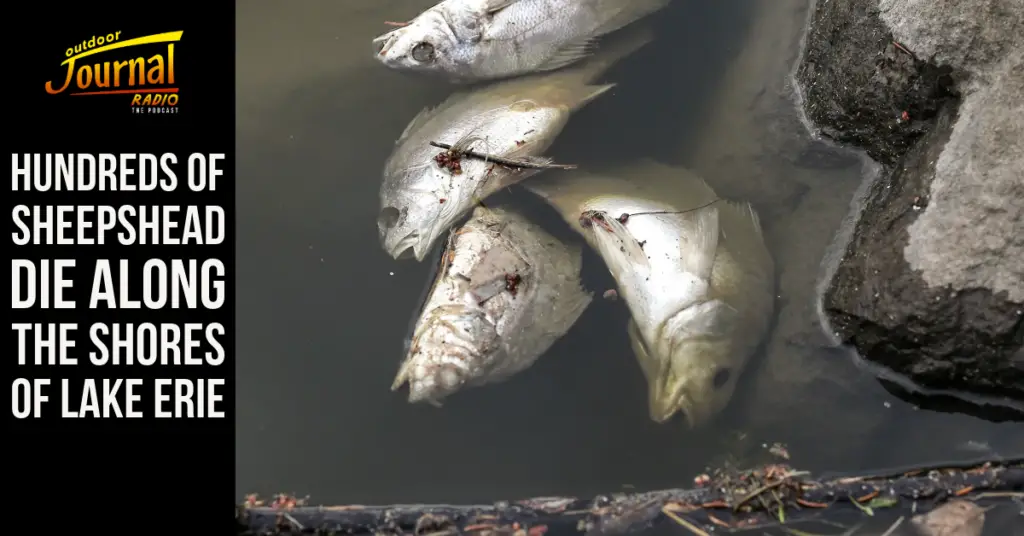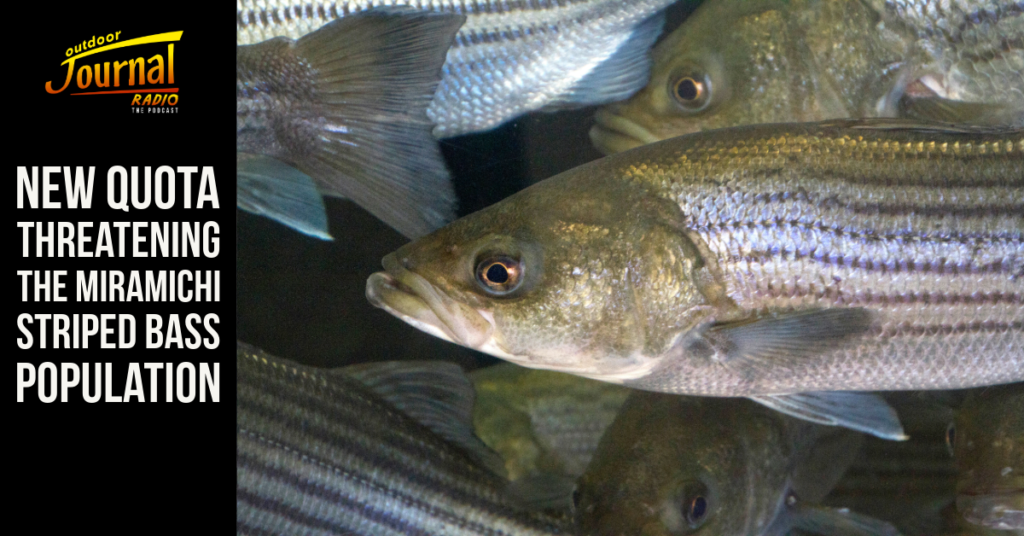Environmentalists and certain First Nations groups are criticizing a program designed to support British Columbia’s $8.3-billion sport fishing industry during widespread fishing closures due to concerns about its impact on endangered wild chinook salmon.
In contrast to previous regulations that allowed anglers to keep all the fish they caught during an opening; the program known as the “mark-selective fishery” only permits the retention of hatchery-raised chinook. Wild chinook must be released to ensure their ability to reproduce, thereby preserving ecologically significant genetic diversity and ensuring future salmon runs.
Chinook salmon play a crucial ecological role and hold cultural significance for many First Nations communities. However, several chinook stocks have experienced significant population declines in recent years. Among the 29 chinook stocks evaluated by the Committee on the Status of Endangered Wildlife in Canada, only two are classified as “not at risk.”
In theory, it should be easy to distinguish hatchery-raised fish from wild fish in Canada because the hatchery fish are marked by the removal of their adipose fin, an unused fin on their back, before being released. However, unlike the United States where marking is mandatory, only approximately 10 percent of Canadian hatcheries mark their fish.
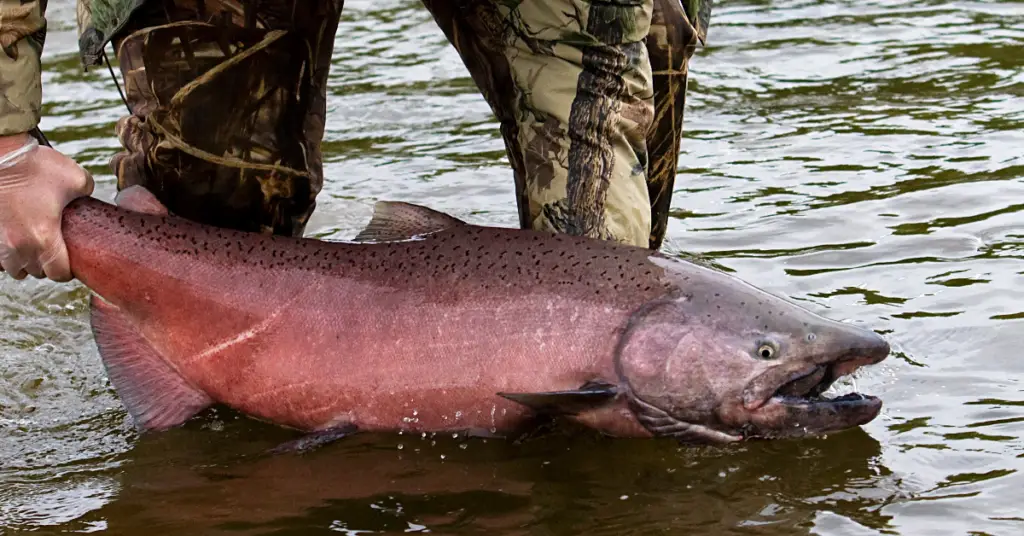
First Nations communities are concerned with Chinook population declines
The absence of markings on all of Canada’s hatchery fish creates a challenge in determining, without genetic testing, which fish in British Columbia’s waters are truly wild. This lack of clarity makes it difficult to assess the number of wild fish caught by anglers and whether the released fish successfully spawn.
At present the Department of Fisheries and Oceans (DFO) heavily relies on voluntary reports from anglers to gather information about the fishery. However, this approach provides the agency with limited data on fish that are caught and released, which studies indicate have a higher likelihood of mortality. Additionally, since not all fins are removed from fish raised in hatcheries, it is impossible to determine which of the caught and released fish originate from endangered stocks.
“We don’t know what the impacts are,” said Gordon Sterritt, executive director of the Upper Fraser Fisheries Alliance, a coalition of First Nations working to protect salmon and Indigenous fisheries in the river’s headwaters, which are some of the most vulnerable runs in the province. “Data is key. Without that data, we cannot make an informed decision.”
In 2021, the Department of Fisheries and Oceans (DFO) implemented mark-selective fisheries in a few bays in southern British Columbia, as suggested by the province’s sport fishing lobby, despite the existing concerns.
However, this decision faced criticism from certain First Nations communities who felt that DFO prioritized the fishing industry over salmon conservation. Their concerns were heightened after examining internal documents revealing DFO’s involvement in assisting sport fishing lobbyists in formulating the proposal, while the nations themselves encountered difficulties in accessing the same fisheries data utilized by the sport industry for the proposal.
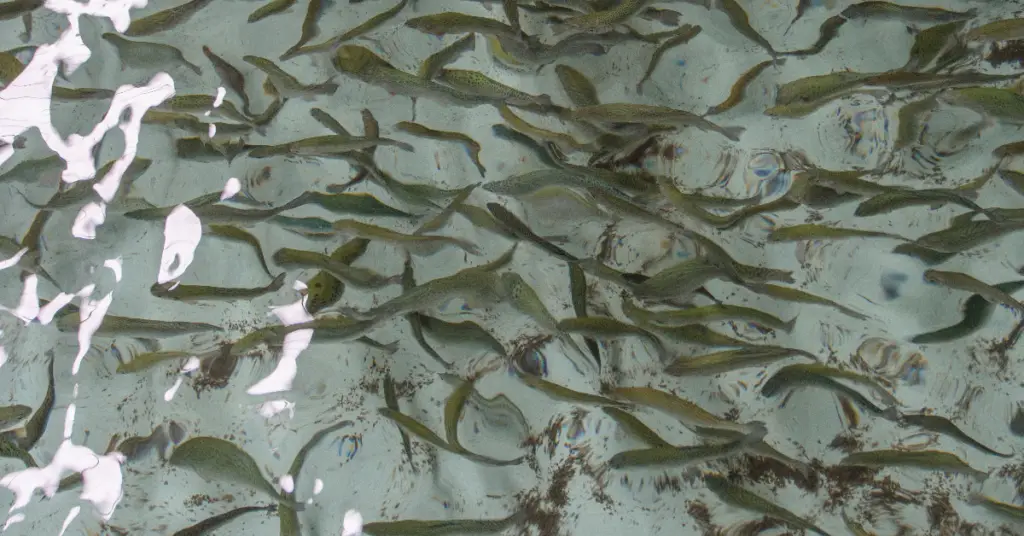
Approximately 10% of Canadian hatcheries mark their fish
The Sport Fishing Institute of B.C., a lobbying organization closely associated with the team responsible for developing the proposal, expressed its full support for the 2020 mark-selective fishery proposal in southern British Columbia waters, which was jointly created by the industry and the Department of Fisheries and Oceans (DFO). The retired senior DFO biologist involved in designing the program stated that collaborating with external groups on fishery programs was not uncommon.
However, frustrations resurfaced when DFO announced its intention to expand the fishery to a significant portion of the Salish Sea and coastal Vancouver Island without providing supporting data for the decision.
Greg Taylor, a biologist from the salmon conservation group Watershed Watch, criticized the fishery, stating that without the necessary measures, it primarily serves as “public relations” to justify recreational fishing while attempting to appease critics. Taylor emphasized the lack of proper controls and monitoring in place.
DFO did not respond by deadline.
Looking across the border to Washington state in the United States provides an example of how the fishery could be managed differently. In Washington, they not only mark all their fish but also have an independent monitoring system in place that does not rely on an honor system. Additionally, they have more flexibility to close the fishery during the season if necessary, according to Taylor.
Taylor believes that a similar system could be implemented in British Columbia, but it would require significant funding and collaboration, both of which are currently limited.
Marking every fish that originates from Canadian hatcheries, which could involve substantial costs, and establishing an independent monitoring system for the fishery would help address the concerns raised by environmentalists and some First Nations. However, the Department of Fisheries and Oceans (DFO) has been hesitant to allocate the necessary funds, said Taylor.
Watershed Watch and several First Nations have attempted to collaborate with the sport fishing industry and the DFO to share the expenses associated with implementing this type of fishery. Unfortunately, their efforts have not yet been successful. Taylor sees few alternatives that would safeguard both the fish and the fishery without pursuing such measures.
“If we’re all at the table pulling in the same direction, I think we can create this,” he said. “This is the time to have approaches that allow food fisheries and recreational fisheries to be successful within the context of climate change.”



